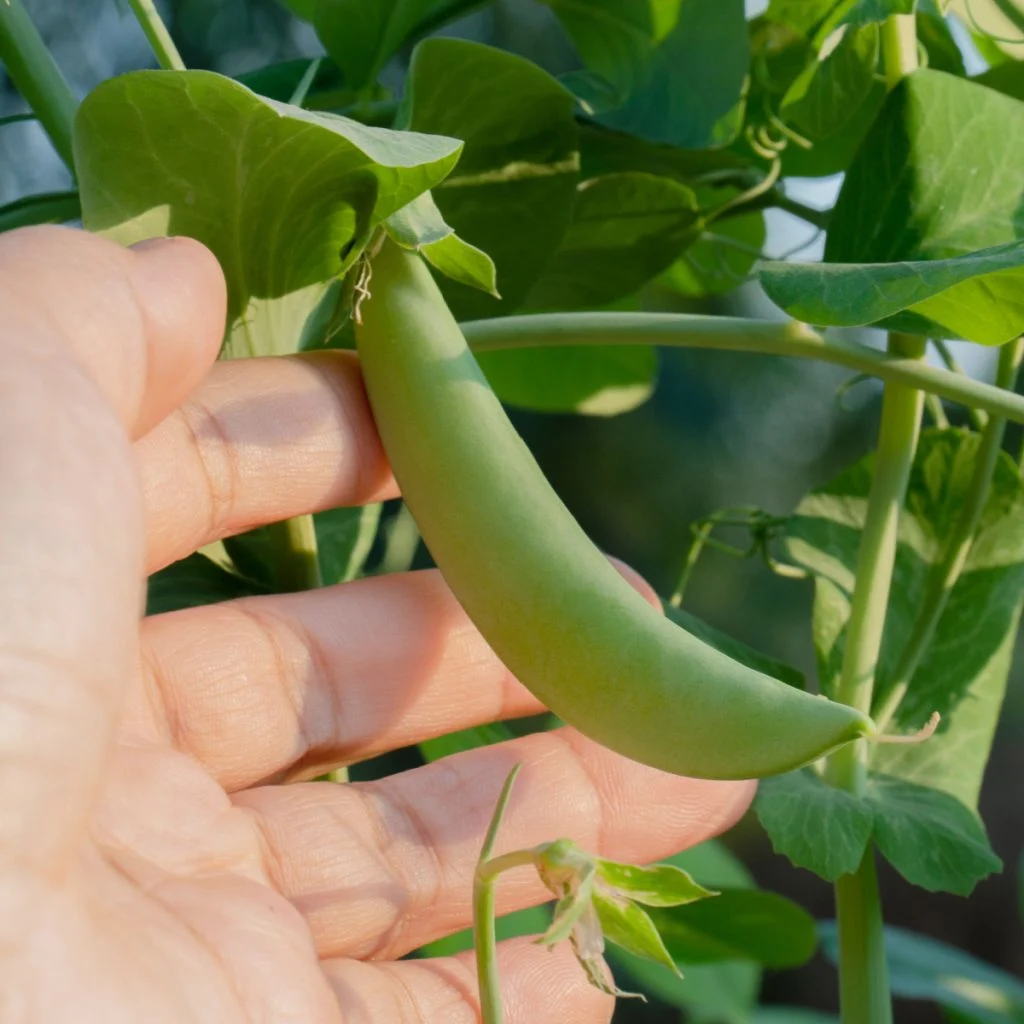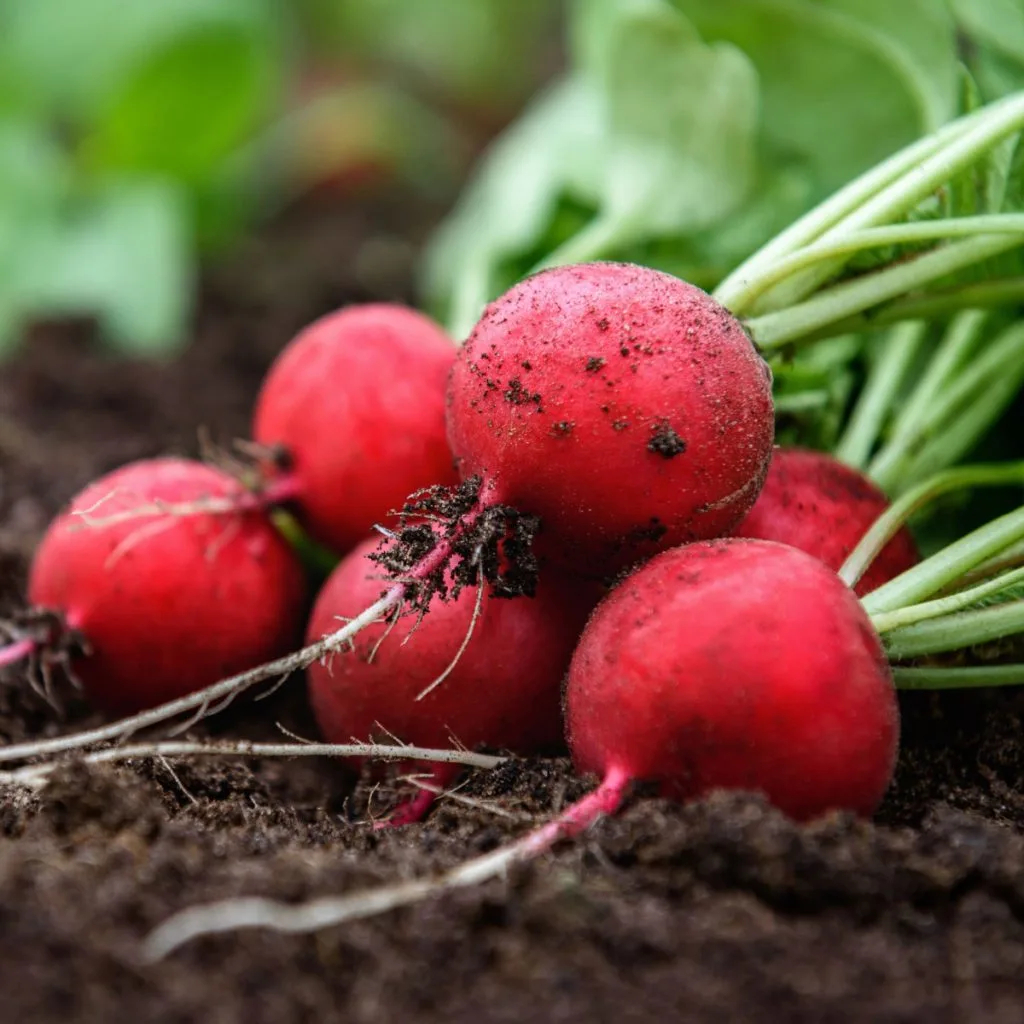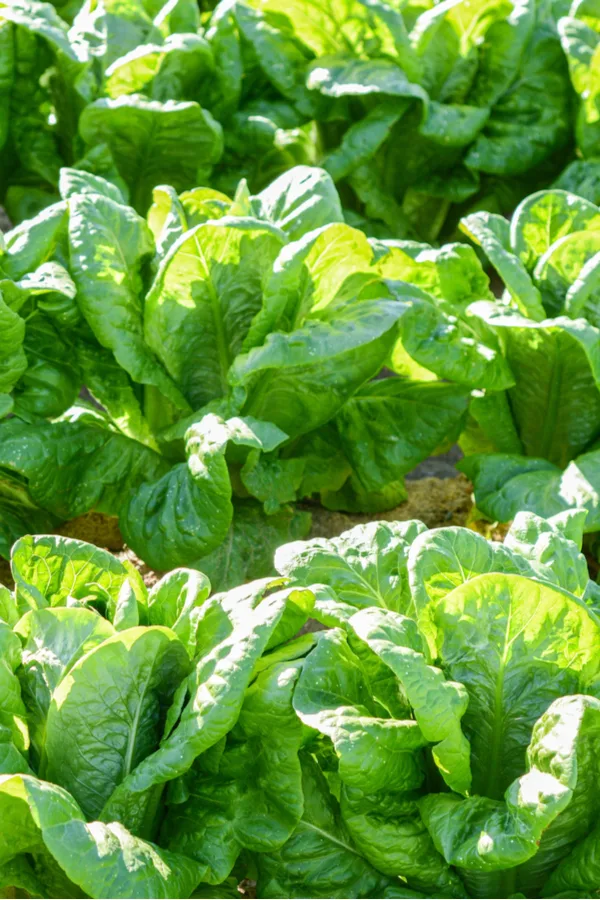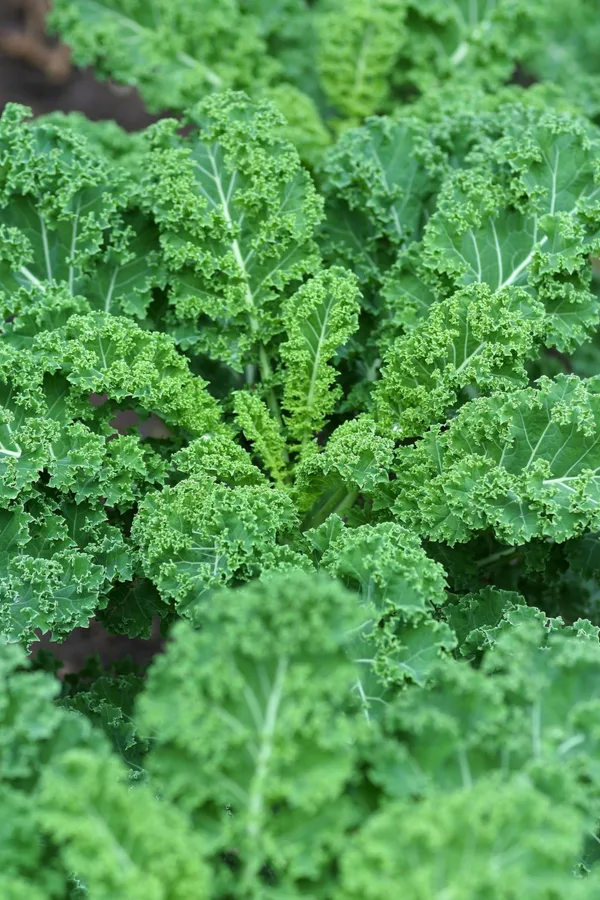If you are looking to get a little more out of your garden and growing spaces this year – you are going to love today’s article about four delicious fall crops you can plant now in late summer – and harvest in just 45 days or less!
As summer winds down, many gardeners assume their growing season is nearly finished. But here’s some good news – just because the calendar is sliding toward autumn doesn’t mean you have to stop planting fresh vegetables. In fact, there are several quick-maturing crops you can still sow right now and enjoy harvesting before the first hard frost arrives.
Even with shorter days and cooler nights ahead, plenty of vegetables thrive in these conditions. Some crops actually perform better when the air is cooler and the soil is no longer scorching hot. The trick is choosing varieties that mature fast.

Whether you garden in raised beds, traditional rows, or even in containers, here is a look at four late-season crops to squeeze more harvest out of your space.
4 Fall Crops You Can Plant Now
Why To Plant Fall Crops Now In Late Summer
Late-summer planting is one of the best-kept secrets for gardeners who want to stretch their growing season. While many summer favorites like tomatoes and peppers need months to ripen, these cool-weather vegetables are much quicker to mature. That means you can enjoy fresh, homegrown food well into the fall without needing to rely only on your pantry or freezer.
Another big benefit is that many common garden pests have already disappeared by this time of year. Aphids, beetles, and grubs are far less active in September than in June or July, giving your plants a better chance to grow undisturbed.
You’ll also avoid the struggles of spring gardening, when cold soil can delay germination and sudden frosts can wipe out young seedlings. Let’s start with a look at one of the fastest seed to crops of all – radishes!
Radishes – The Fastest Fall Vegetable
If you’re looking for a quick win in the fall garden, radishes should be at the very top of your list. The little root vegetables are the speed demons of the garden world. They often are ready to pull in just 25 to 30 days. Affiliate Link: Cherry Belle Radish Seeds

To plant, sow radish seeds directly into loose soil about a half-inch deep. Mixing compost into the planting area is a great idea, as it provides both nutrients and the loose texture radishes need to expand underground. Keep the soil moist, especially during dry fall spells, to encourage steady growth.
The great thing about radishes is that you can plant them in successive rows every week or two to create a steady harvest right up until frost. Because they grow so quickly, you’ll rarely deal with disease or pest problems, and the cool air makes them even crisper and milder in flavor.
Sugar Snap Peas – Crisp & Crunchy In No Time
Nothing compares to the sweet crunch of sugar snap peas fresh off the vine. And amazingly, you can still enjoy them in fall. Thanks to warm soil that helps seeds sprout quickly, sugar snap peas planted in late summer can produce pods in as little as 40 to 45 days.
Plant pea seeds about one inch deep and four to six inches apart. Most varieties are climbers, so it’s smart to provide a small trellis, fence section, or stakes to support the vines. Bush varieties are available too, but climbing peas usually yield more and make harvesting easier. Affiliate Seed Link: Organic Snap Pea Seeds (Sugar Daddy) – Approx 75 Seeds
The cool nights of autumn are perfect for pea plants. Unlike in summer when high heat can stress them, fall’s gentle weather encourages steady flowering and pod development. As with radishes, watering is critical, especially if rainfall is limited.

Keeping the soil consistently moist ensures plump, juicy pods that taste as good as spring peas – if not better.
Spinach – A Superfood That Loves Cool Weather
Spinach is another leafy green that thrives in the chill of autumn. This nutritional powerhouse is loaded with vitamins and minerals and can be harvested in as little as 30 to 35 days. Baby spinach leaves, which are tender and mild, are ready even sooner. Often in just three to four weeks.
Plant spinach seeds about a quarter-inch deep and two inches apart. The soil should be rich in organic matter, so adding compost before planting is wise. Spinach germinates quickly in the warm soil of late summer but truly comes alive once the nights start cooling down. Affiliate Link: Organic Spinach Seeds – Bloomsdale
Spinach can even handle light frosts, which often makes its flavor sweeter. However, it’s best to harvest before a hard freeze, as the delicate leaves won’t survive extended exposure to very low temperatures.
Like lettuce, spinach can also be harvested by picking the outer leaves, giving you multiple rounds of produce from the same plant.

Kale – The Cold-Weather Champion
If there’s one vegetable that absolutely shines in fall, it’s kale. This hardy green not only tolerates cool weather but actually improves in flavor after being exposed to a light frost. Many gardeners swear that kale harvested in the fall is sweeter and less bitter than kale picked in midsummer.
What makes kale such a great choice for late planting is its fast germination and quick growth. Baby kale leaves can be harvested in just 25 to 30 days, while more mature leaves are ready in around 40 days. Plant seeds a quarter-inch deep and keep the soil evenly moist for best results. Affiliate Seed Link: Seed Packet – Kale Dwarf Blue Curled
Kale is versatile in the kitchen, working equally well in salads, soups, or sautéed dishes. And because the plants are so tough, they’ll often keep producing even after other fall crops have faded away.
With just a little protection, such as a row cover or cold frame, you might even be able to extend your kale harvest deep into the cold season. See: Using A Cold Frame – How To Extend Your Growing Season With Ease!

Keeping Your Late Crops Productive
No matter which crops you choose, a few simple steps will help ensure success in your fall garden. Always start with soil enriched with compost or aged manure, since summer crops often deplete nutrients.
Water consistently, as fall rains can be unpredictable. And don’t forget about spacing. Crowding plants too close can slow growth and increase disease risk.
Most of all, keep an eye on the calendar and your region’s expected frost dates. Many of these crops can withstand light frosts, but it’s best to harvest before a hard freeze sets in. If the forecast looks cold, cover your plants with lightweight fabric or row covers to buy yourself a few more weeks of fresh harvests.
Here is to taking the time to plant a few fall crops now – and enjoying a delicious late season harvest! For more fall gardening tips, see our article: When & How To Plant Garlic In The Fall – And Why It’s The Best Time To Plant!
Simple Garden Life
Follow Our Facebook Page For Even More Great Tips! Simple Garden Life Facebook Page
Simple Garden Life is a website dedicated to keeping gardening fun, simple and enjoyable! We publish two new articles each week along with a new garden podcast episode every two weeks. This article may contain affiliate links.
